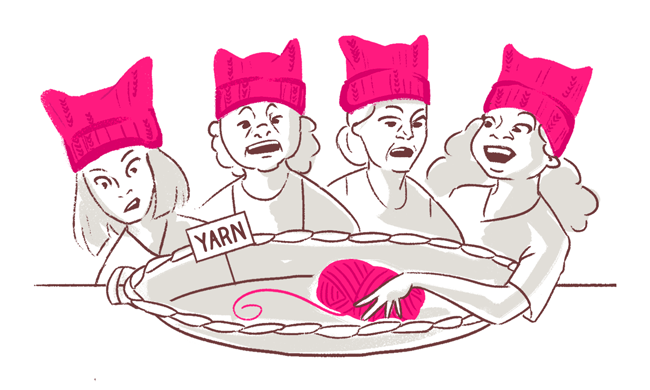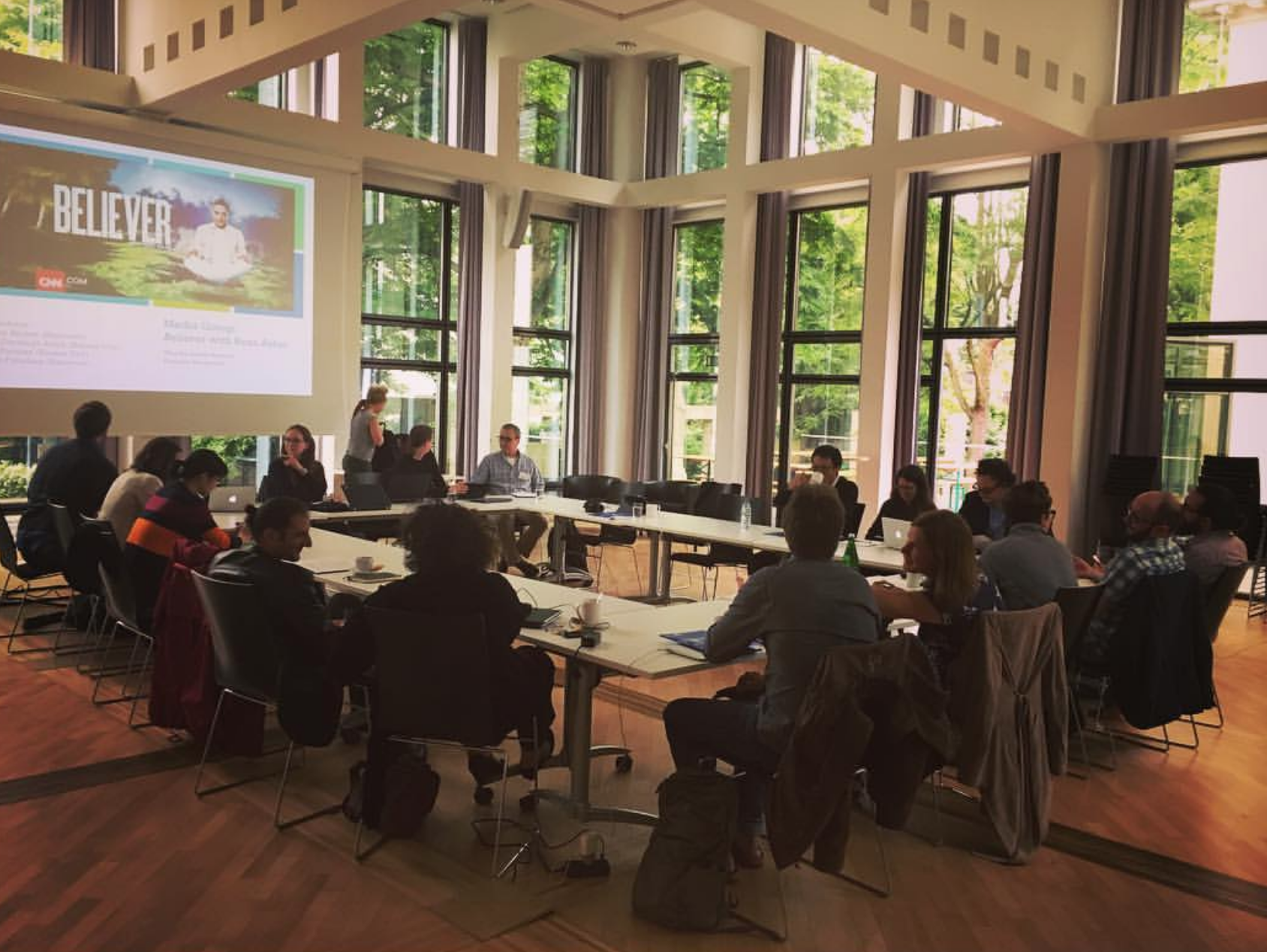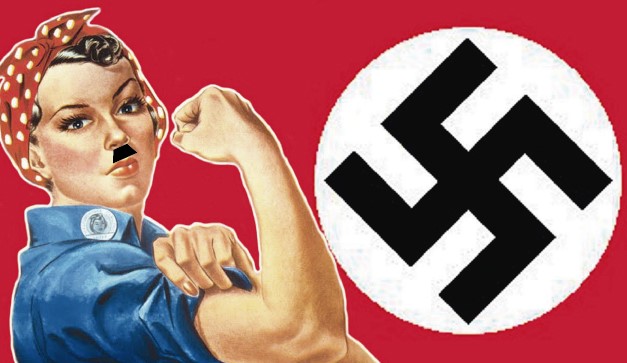
(Confession: I’m a sucker for musicals [to the degree that I tinkered with the idea of a musical theater major in college]. Having traded my on-stage destiny for a series of religious studies degrees, however, I humbly offer a different sort of review of the play, Hamilton.)
Like many in the US, I saw Hamilton for the first time earlier this month, when the blockbuster Broadway musical (originally hitting the stage in 2017) aired in movie form on the Disney+ platform. The story of an orphaned immigrant (that is, Alexander Hamilton) coming to America to forge the country in its early days has generated scores of fans. Those who have seen the show know that one among several factors setting it apart is the cast, comprised almost entirely of people of color. In addition, the script is almost never spoken but is rapped or sung. This has made it an incredibly timely musical in terms of addressing not just diverse racial representations, but such representations in the midst of the renewed resurgence of the Black Lives Matter movement. Continue reading ““But Can He Dance?”: Holy Books, Hamilton, and the Production of Sacred Histories”

 1. When people ask what you study, what do you tell them?
1. When people ask what you study, what do you tell them?







